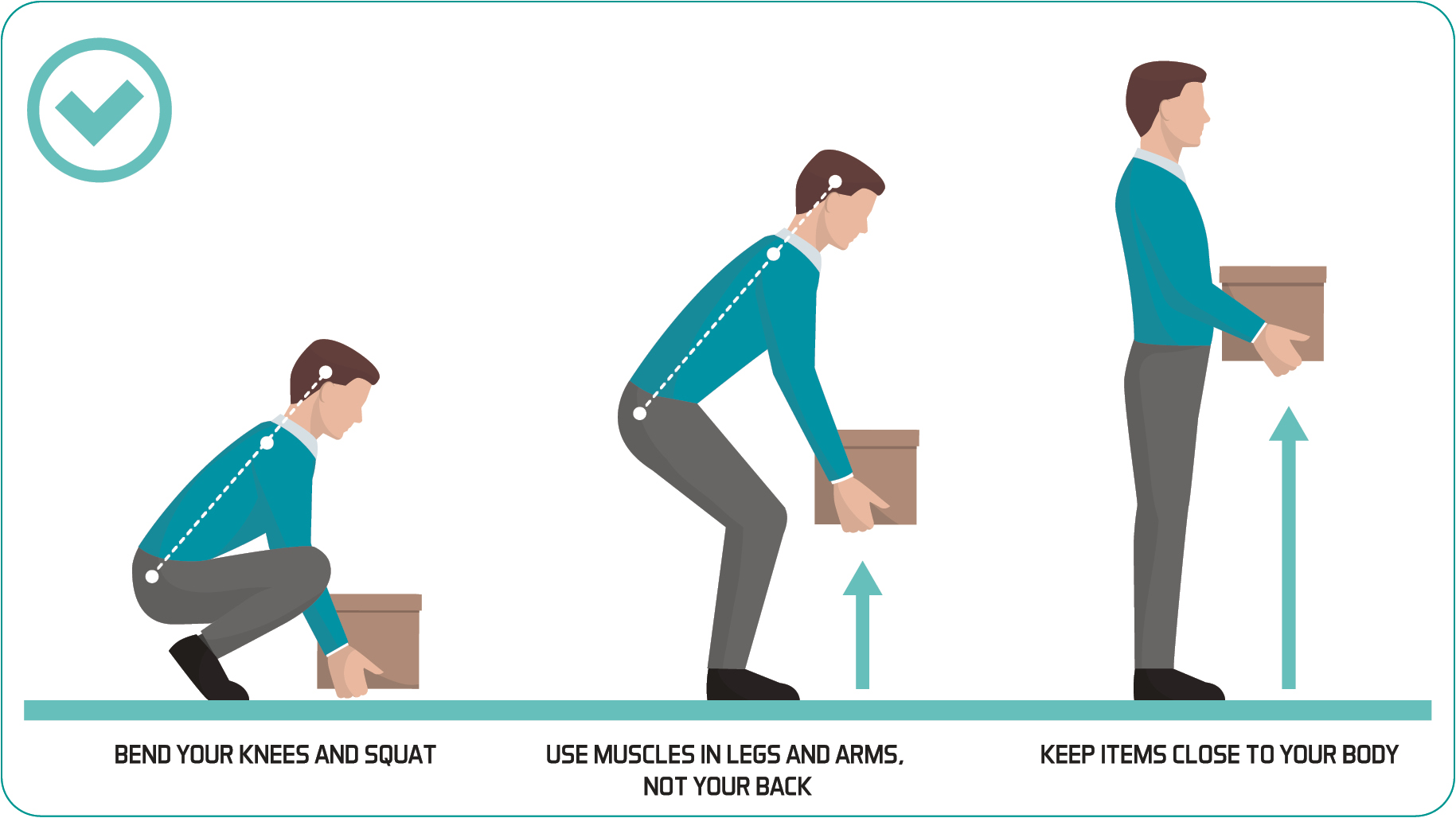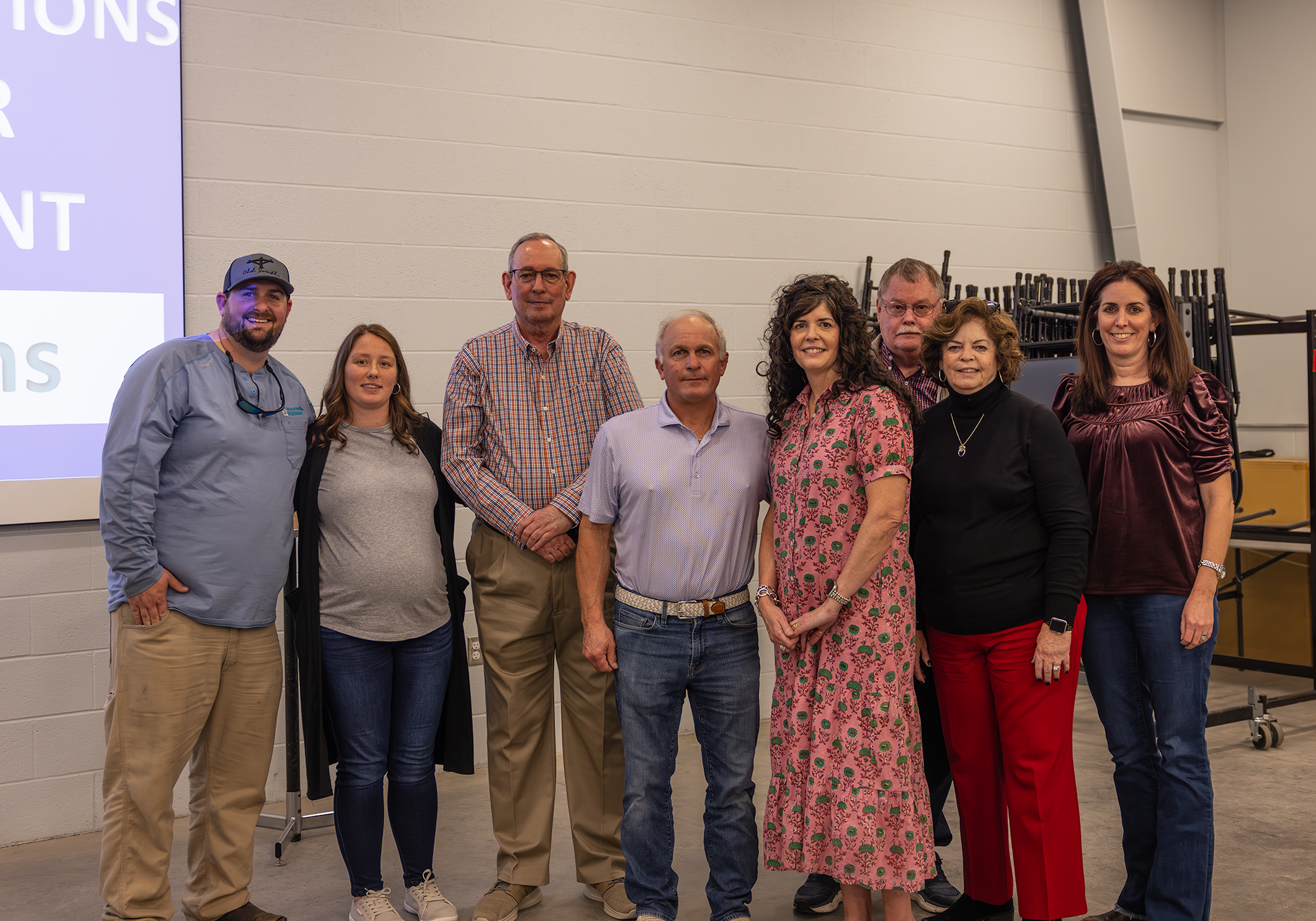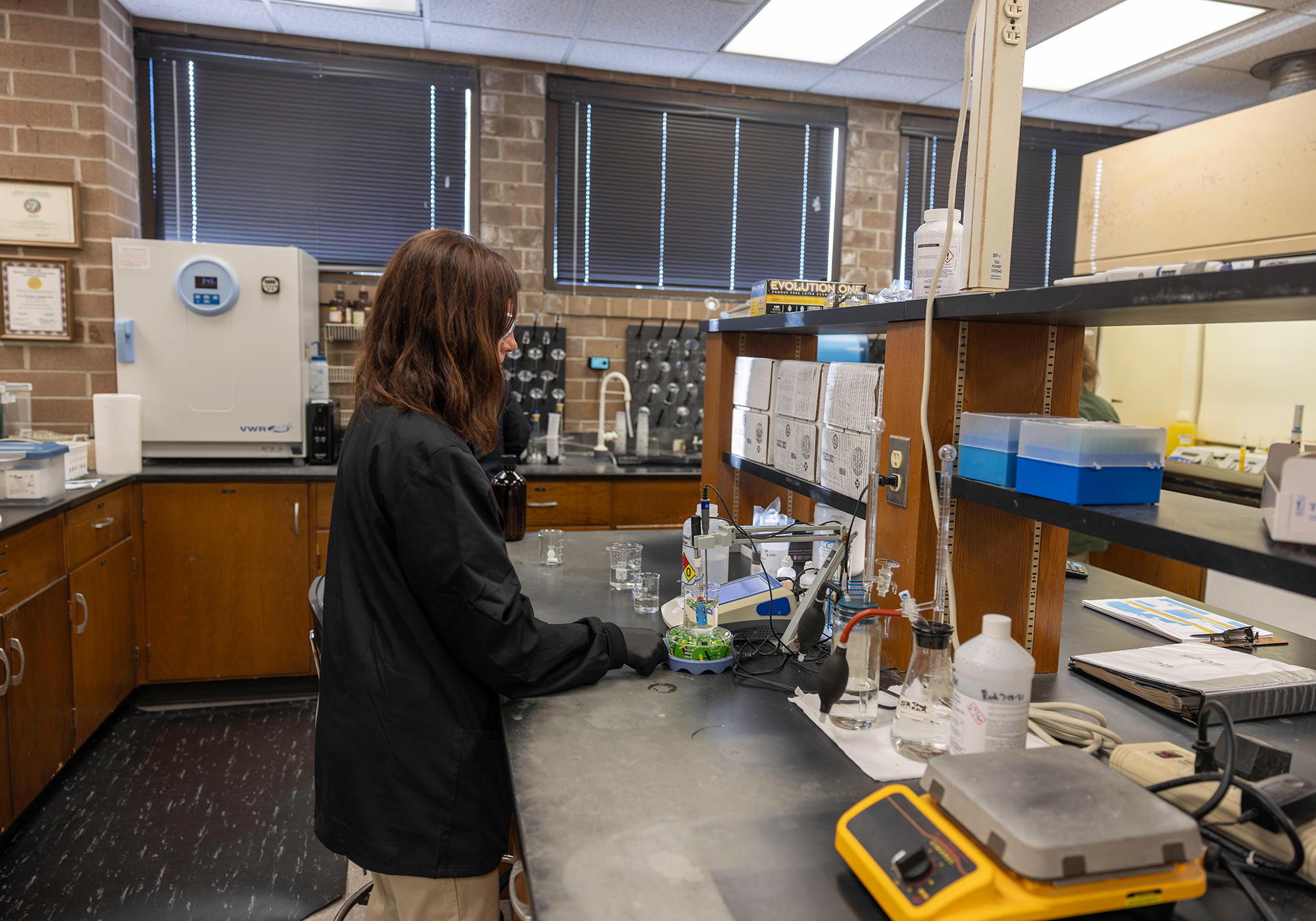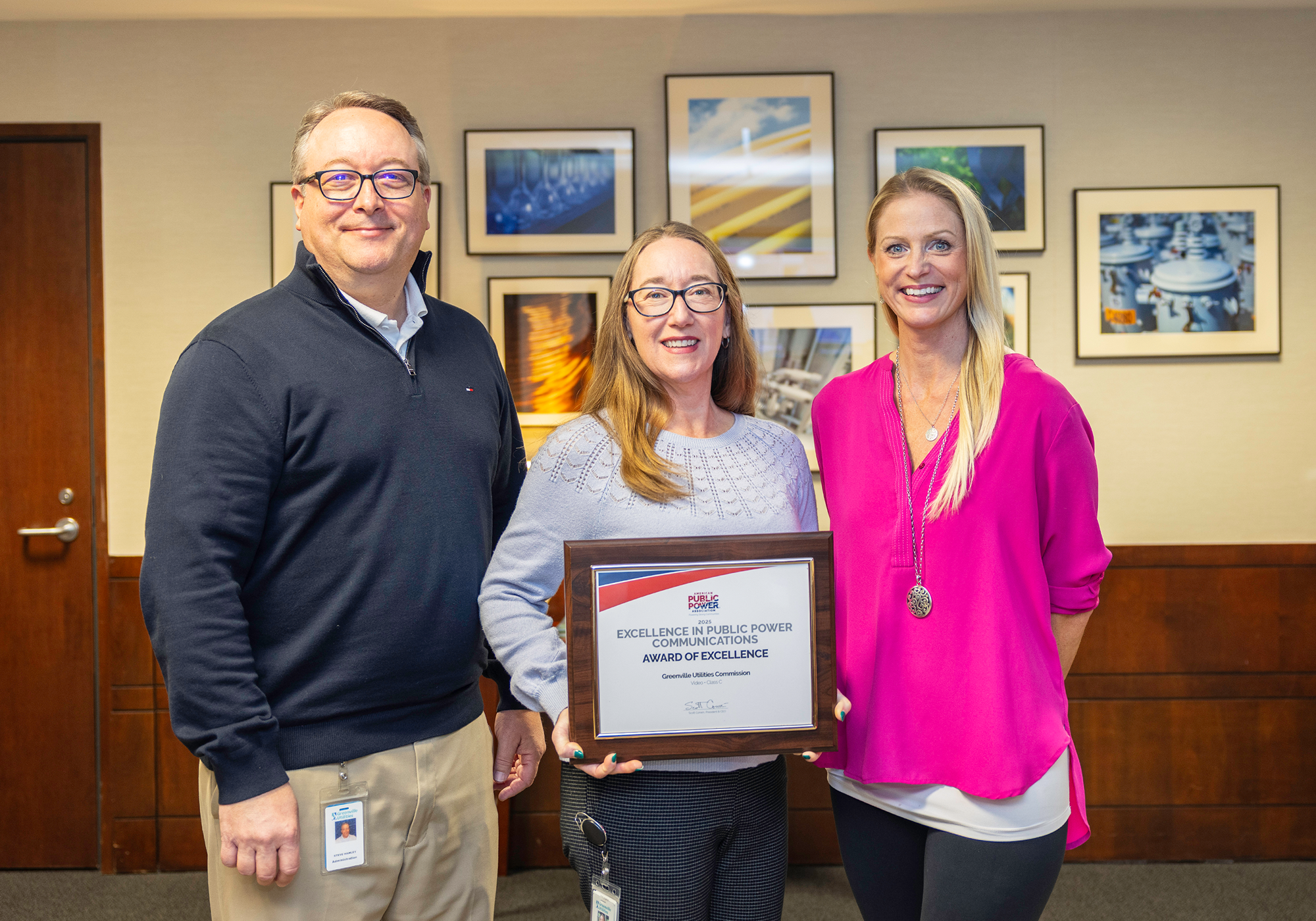
 We see soft tissue injuries both at work and at home. Unfortunately, soft tissue injuries – like sprains, strains, and contusions (deep bruising that affect underlying tissue and muscle)– are some of the most common injuries experienced in workplaces across the country. Understanding how they can happen, and how to avoid them, can save you some pain and keep you working.
We see soft tissue injuries both at work and at home. Unfortunately, soft tissue injuries – like sprains, strains, and contusions (deep bruising that affect underlying tissue and muscle)– are some of the most common injuries experienced in workplaces across the country. Understanding how they can happen, and how to avoid them, can save you some pain and keep you working.
Soft tissue injuries are those that affect the muscles, tendons, ligaments, cartilage, discs, joints, and other tissues that hold the skeletal structure together.
The most common workplace risk factors for soft tissue injuries are:
- Awkward body posture
- Slips, trips, and falls
- Excessive force
- Excessive repetition
Certain work activities can put us at risk of working in an “awkward posture,” or positions that deviate significantly from our body’s natural, neutral position. When you place your body in an awkward posture, muscles operate less efficiently, the body is put under additional physical stress, and you expend more force to complete the task – factors which can put you at risk for injury.
Examples of awkward postures include:
- Twisting
- Bending
- Pushing
- Pulling
- Crouching
- Lifting and carrying a load – especially if it is for a long period of time
Utilizing proper body mechanics, and avoiding awkward body positions when working, can help you avoid muscle fatigue and injuries as you walk, bend over, lift objects, or perform other activities throughout the day. Think of body mechanics as good posture in motion.
Check out these other tips to help maintain proper body mechanics:
- Always do a “test” before lifting, pushing, or pulling any load. This can help you determine whether the weight of the load requires assistance.
- Maintain posture that keeps your spine naturally curved, shoulders relaxed and level.
- Avoid crouching, which can overextend the knee, potentially leading to injury.
- Avoid twisting when lifting, carrying, or replacing an object.
- Change positions frequently.
- Use the stretches available in the “GUC Stretch Program.”
- Take regular breaks.
- Practice good housekeeping. Keep work areas free of slip, trip, and fall hazards.
By remaining aware of your body positioning, avoiding awkward postures, and practicing the tips above, you can help prevent injuries. Please contact the Safety Office at (252) 375-0697 if you have any questions or would like to learn more about body mechanics.






